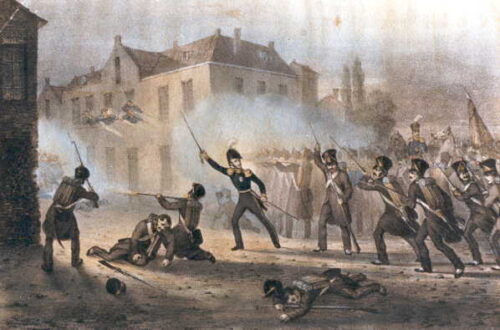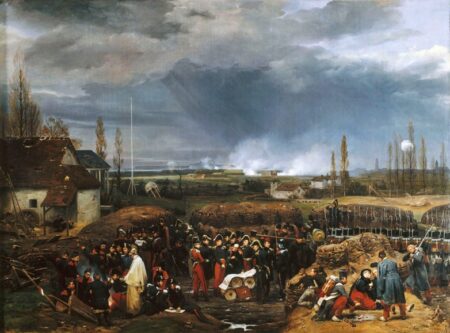Grown Up
The golden days would be violently disrupted by the religious conflicts between the Calvinist & Lutheran Reformists of the Seventeen provinces & the Catholic Spanish Crown. The Iconoclastic fury in 1566 in which hundreds of churches were stripped of statuary & other religious decoration by the Calvinist Protestant crowds and in which the destruction of the Church of Our Lady of Antwerp was the ‘’signature event’’, inflicted the immediate response of the fervent enemy of the Protestant movement King Philip II of Spain & the inception of the Eighty Years’ War in 1567.
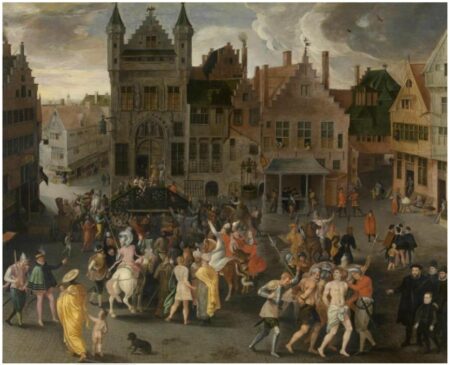
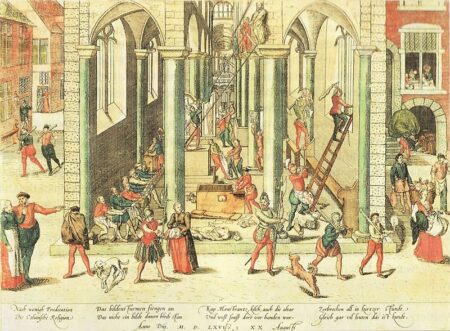
At the beginning of March of 1567, Jan Marnix, a Calvinist noble from Brussels with a group of about a thousand rebels tried to seize control of his native city and its fort, seat of the Habsburg Governor-general Margaret of Parma. After their failure, the rebels turned their focus to Antwerp but just before they reached the city they run into the bulk of the Spanish professional army.
The irregular troops of the Calvinist rebels were no match to the professional army and although they offered to surrender and pay a large ransom in exchange for their safety, they were regarded as rebels and slaughtered without mercy. William of Orange (the future leader of the Dutch Revolt against the Spanish) who had been appointed by Margaret to resolve the situation in Antwerp in late 1566 did not allow the Protestants of the city to come to the aid of the rebels to avoid further bloodshed. A few days later he would resign from his official duties and would be declared an outlaw by the Habsburgs.
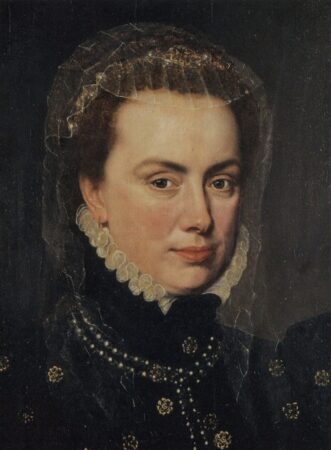
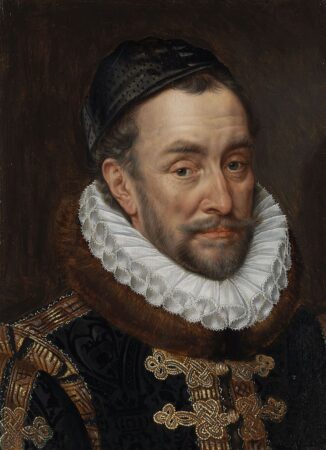
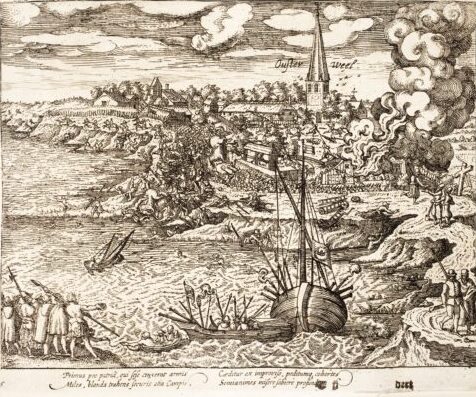
As a first strike of the devastating war the trade between Antwerp & the Spanish port of Bilbao was terminated when at the same time an army of Spanish soldiers led by the Duke of Alba sent by the King of Spain, occupied the city. The Imperial army launched a campaign of repression & execution of suspected heretics to intimidate the public.
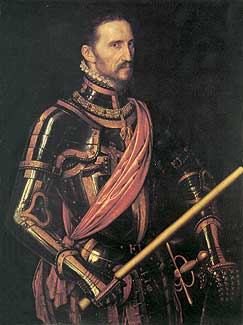
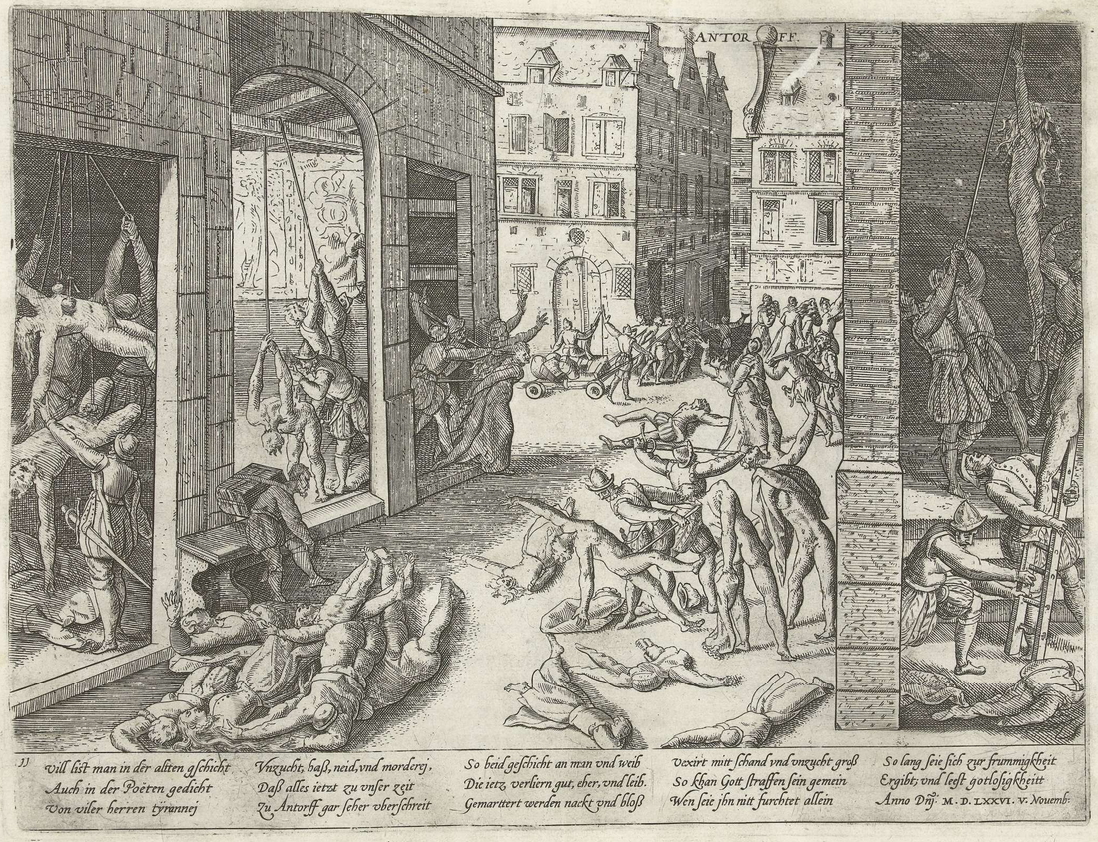
In November of 1576, the unpaid Spanish troops mutinied by savagely sacking the city of Antwerp for 3 days, an event that became known as the Spanish fury marking the city’s fall from grace and its descent in a declining spiral. During the horrible events of the Sack of Antwerp hundreds of houses were burned to the ground and more than 17.000 Antwerpers, men, women, and children were murdered.
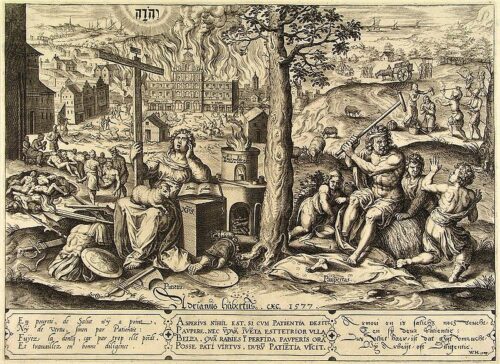

Although Antwerp joined the protestant Union of Utrecht in 1579 and became the capital of the Dutch Revolt. William the Silent decides to recruit the pro-Protestant Prince of France Duke of Anjou to take over the United Provinces as a new sovereign but Holland refuses to accept him and William becomes the target of severe criticism.
However, Francis would try to take advantage of the situation and take all the powers of a monarch by taking over Antwerp with his French troops. His effort to deceive the city’s authorities into believing he intended to have a peaceful ceremonial entrance did not work, the city gates closed immediately after his entry trapping him and his troops who became an easy target for the prepared defenders. Antwerp was saved from another foreign occupation in the last hour with the Duke of Anjou barely escaping alive.
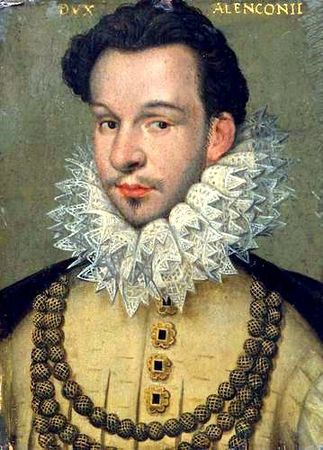
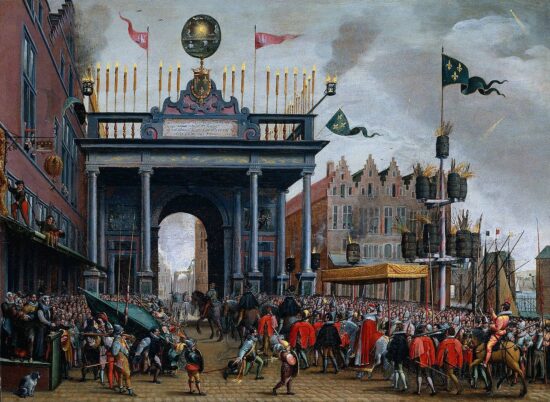
However, Antwerp would soon be overrun by the massive army of Alessandro Farnese, Duke of Parma (more than 60.000 men) sent by Philip II of Spain to recapture the Seventeen Provinces. The siege of Antwerp began on July 1584 and lasted until August 1585 when the city finally capitulated. This time the Spanish troops would try to dampen some of the horrors of the recent past and somehow atone for the sins of the Spanish fury of 1576. They would behave as a true Imperial army not a pack of bloodthirsty wolves.
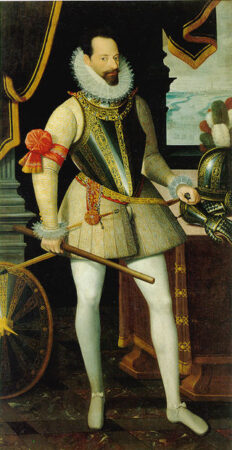
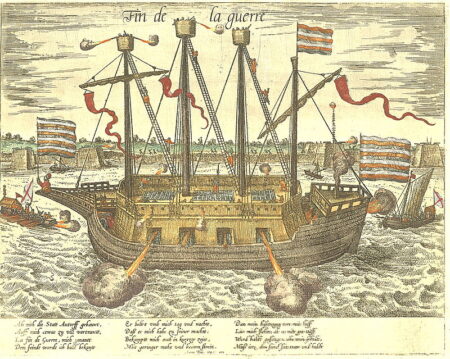
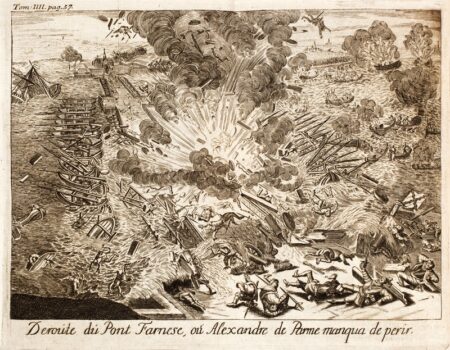
Out of more than 100.000 inhabitants before the siege, only 40.000 remained after the carnage of the Spanish fury and the siege that had lasted for 18 months. The remaining Protestant citizens were given four years to settle their affairs before quitting the city. Most of them headed north commencing the Dutch Golden Age. Amsterdam would be the new economic Mecca. Antwerp’s cloth market which was largely dependent on English traders was completely ruined after the latter’s hesitation to risk a visit to a city that had been turned into a war zone.
By 1582 all trade transactions of Antwerp with the English had ceased. The new commercial ties of the English with cities like Amsterdam that were eager to replace Antwerp as the epicenter of northern European trade led to the deposition of Antwerp from its role as the economic, financial, and cultural capital of the Netherlands.
The large Jewish population formed during Antwerp’s golden age, the main pillar of the city’s economic growth starts fleeing for safer destinations along with the thousands of persecuted Protestant citizens. The ten southern provinces of the Netherlands returned to Habsburg/Spanish rule and Antwerp found itself isolated from international trade after the blockade of the Scheldt River by the Seven Northern Provinces which tried to deal a blow to the Spanish economy. Antwerp’s extensive banking network was sidelined by the ingenious Genoese.
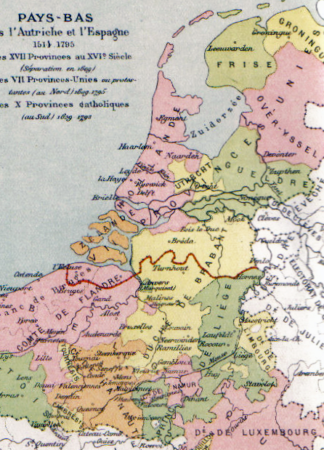
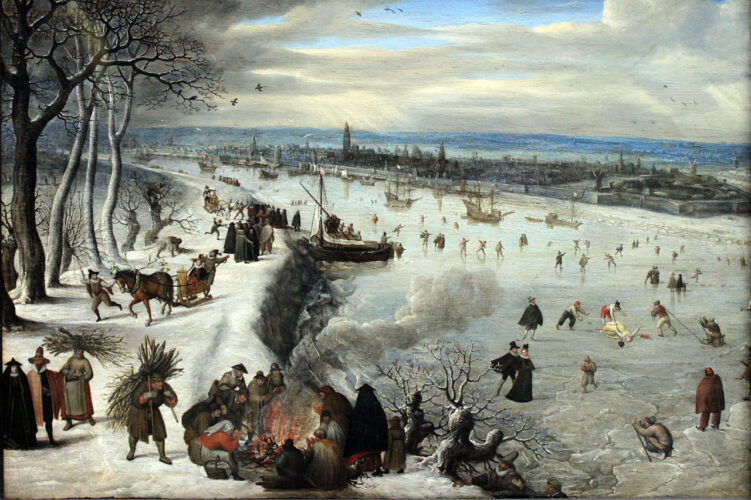
The end of the Eighty Years’ War & the Treaty of Münster as part of the Peace of Westphalia in 1648 recognized the independent existence of the United Provinces of the rebelled North as the independent state of Dutch Republic & officially closed River Scheldt to navigation.
This was an impediment Antwerp’s economy couldn’t cope with, resulting in a prolonged decline that would last well until the 1800s. Napoleon’s attempt to revitalize Antwerp’s port with the construction of new docks & the deepening of the Scheldt ended with his defeat in Waterloo & the creation of the United Kingdom of Netherlands in 1815.
Antwerp was part of the United Kingdom of the Netherlands for just 15 years. In 1830 the new Kingdom of Belgium formed after the Belgian Revolution of the same year gained control of the city with the Belgian insurgents capturing it for the first time. Soon after the Dutch King William I with his army, in his effort to halt the Belgian secession advanced deep into Belgian territory, defeating the Belgians in several battles and capturing Antwerp.
The Belgian government turned to the French for military support and soon the Dutch retreated. By November 1832, the last Dutch stronghold in Belgium was the citadel of Antwerp. In its effort to hold, the Dutch garrison started the bombardment of the city, killing hundreds of civilians.
Finally, after 24 days of constant battering by a French army ten times their size, the Dutch commander David Hendrik Chassé and his 5000 troops surrendered Antwerp to the French. It wasn’t until 1839 that the Dutch accepted the decision of the London conference and Belgian independence by signing the Treaty of London.
